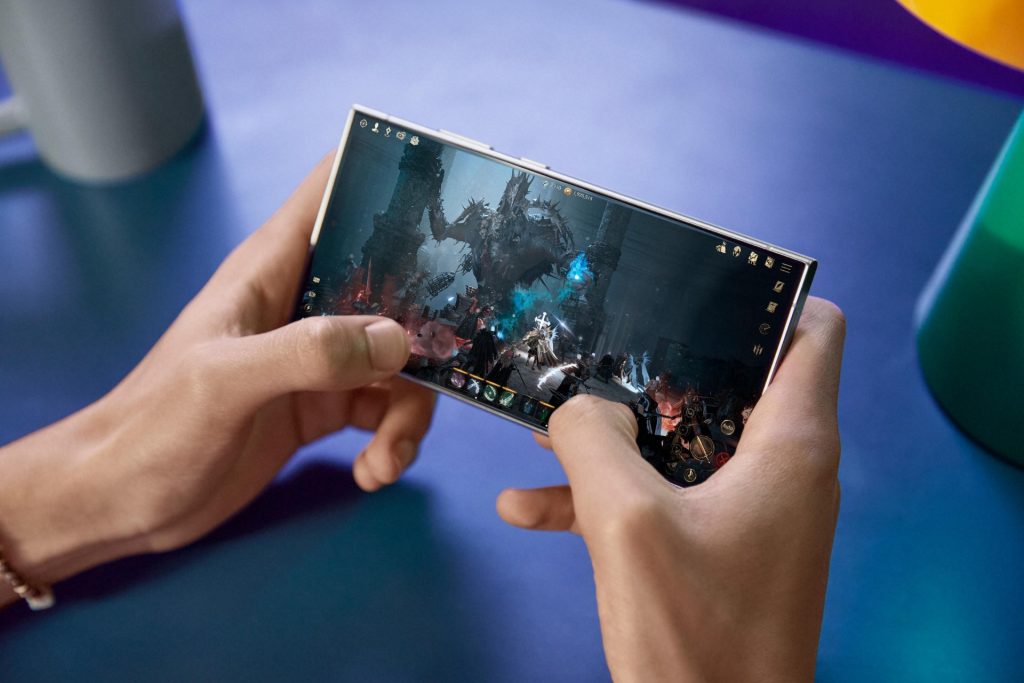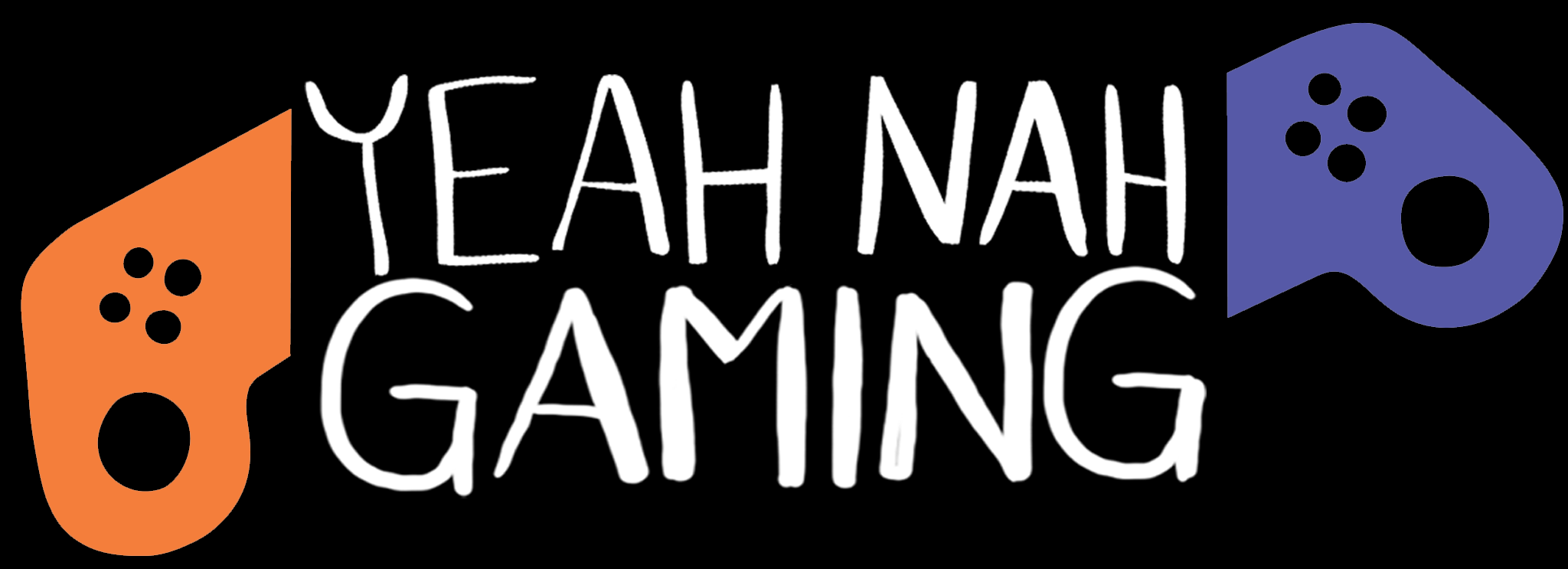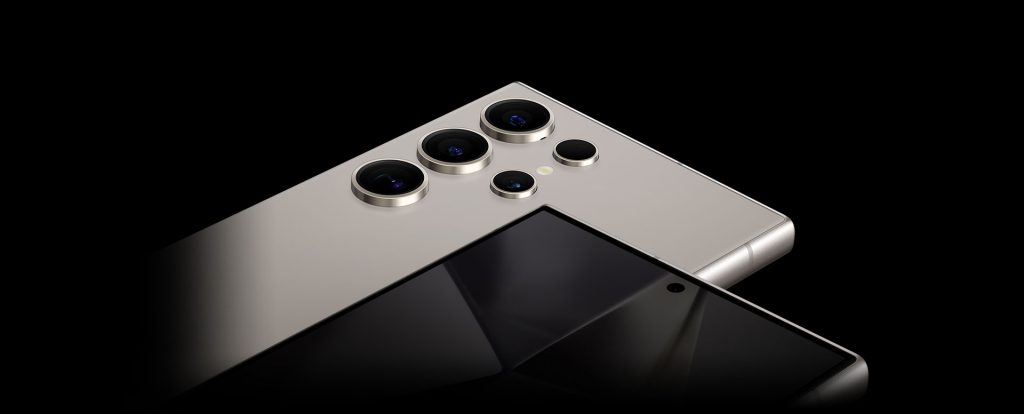With seemingly every tech (and even vaguely tech-adjacent) company making “AI” it’s big focus, it was only a matter of time before Samsung threw its hat in that particular ring. Enter this year’s flagship phones, the Galaxy S24 series, where “Galaxy AI” is the defining feature. Real-time translation, photo editing, writing assistance, and more, all powered by Samsung’s “advanced intelligence” algorithms. A line of smartphones that will usher in a new era of communication unhindered by language barriers or the endless struggle find the right tone for a text message—that’s the promise, or at least the dream. Is that the reality?
“Advanced intelligence”, not sentient machines
From the couple of weeks I’ve spent with the S24 Ultra, the short answer is “no”… but a soft “no”; a “not quite.” The big problem with “AI” being as buzzwordy as it’s become is that the actual thing is never quite as impressive as the marketing would have you believe, even if, taken on its own merits, the thing is quite impressive indeed. Will Galaxy AI revolutionise our communications? Probably not. But it does offer something that’s arguably more useful: practical application of these technological advances once the hyperbole falls away. Not ~artificial intelligence~, with the images of sentient robots conjured by the term, but “advanced intelligence”, as the Galaxy AI features are described on the S24 devices themselves.
Case in point: translation. One of Galaxy AI’s biggest talking points is translation: near real-time interpretation of live phone calls, a face-to-face interpretation app, and translation tools built into the S24’s default keyboard. The accuracy and reliability of these translations will vary according to a wide range of factors—“AI” is still machine translation, at the end of the day, and AI language models are still a long way from being able to properly contend with the countless linguistic nuances and exercises in judgment that make translation such a complex and creative art. In a few (very non-scientific) tests, I found Galaxy AI’s translations to be broadly comparable to Google Translate: good enough to get a gist, but a far cry from a professional translation, and with the inherent risk of confusion (or worse) if the machine gets something wrong.

But that doesn’t make machine translation worthless. As someone who is not fluent in Japanese but knows a bit, I use Google Translate often to help fill in my knowledge gaps when reading Japanese text—not taking the MT as given, but used alongside the original to sort of “reverse engineer” an understanding. It’s not the same as reading a professional human translation, and there are risks of misunderstanding that I acknowledge when I do this, but it’s a useful tool.
That’s where Galaxy AI shows its less flashy, more practical worth. Imperfect but still situationally “good enough” translations, baked right into the core functions of your phone, without the need of some other app. If you’re in a foreign country and you need some help with, say, ordering food over the phone or asking directions, live interpretation will be OK, most of the time. Galaxy AI won’t replace learning a new language or hiring a translator, but for personal or informal use, the way it’s integrated into the S24 operating system makes it a useful aid.
Other components of Galaxy AI operate in a similar place: not exactly original in concept, but deployed with practical everyday use in mind. Chat assist can help adjust the tone of text messages, emails, or anything else you might be writing with suggestions for rewording. The results are hit and miss if you want to just use them as is—the “formal” is almost comical, in the way it seemingly just replaces all your words with longer synonyms—but they can be a helpful prompt. That’s not something I’d bother (or even think about) going to ChatGPT for, but when it’s readily available right there in the keyboard like predictive text, it comes in handy.
Likewise with generative AI photo editing tools built into the standard camera and gallery apps. Galaxy AI won’t help you generate 6-fingered people or pretend to be an artist, but it can help you tidy up some mess that snuck into a photo or help you remove unwanted reflections from photos for TradeMe listings or whatever. You can do some fun creative stuff with it too, don’t get me wrong—making your pet the size of a house will always be worth a chuckle—but the strength of Galaxy AI’s photo editing suite is in practical, general use. And it’s practical in large part because it’s just there in the app you’re using anyway.

Lastly, there’s Circle to Search—a Google innovation rather than a Samsung one, and not strictly under the Galaxy AI banner, but debuted on the S24 series and part of the same ethos. This might be one of the most useful new tools available: with almost any app open, a double-tap of the home button pauses the screen so you can run an image search for anything that’s on the screen by drawing a circle around it with your finger. It’s a near effortless way of looking up just about anything (within some privacy-related restrictions, like not being able to search for people’s faces). Circle-to-search can also recognise text, making it easy to copy or translate snippets, whether that be a sign captured in the camera view or some non-selectable UI text in another app. Again, this isn’t unique to the S24 series (a couple of Google’s Pixel phones have it, too, and it’ll presumably come to more devices over time), but it’s certainly one of the most useful new features.
Galaxy AI (and circle-to-search alongside it) isn’t a revolution so much as a democratization. It’s much like most other “AI” tools out there: impressive for what it is, if not as impressive as what hype and marketing would have you believe. Useful despite imperfections, so long as you don’t get caught up in unrealistic expectations. And that’s what makes Galaxy AI worthwhile, and maybe even game-changing: how remarkably unremarkable it is. “Advanced intelligence” seamlessly built into everyday apps, just another helpful tool instead of the Next Big Thing.
There’s a new phone here, too
That’s a lot of words into a review of a new phone without really talking about the phone itself. Really, that’s because aside from Galaxy AI (and the souped-up internals that power it), the Galaxy S24 series isn’t a dramatic shift from previous models. You’ve still got base, Pro, and Ultra models in pretty much the same form factor as last year, with the same features and functions. The changes are more incremental: a more powerful chipset, better performance, longer battery life, and so on.
But incremental improvements are still improvements, especially in the context of Samsung’s benchmark-setting hardware. With the Snapdragon 8 Gen 3 chipset under the hood, the S24 Ultra easily handled everything I could throw at it. Hours-long sessions with Diablo Immortal, Genshin Impact, and GRID Autosport on the highest possible settings, with smooth performance all the way, good temperature control, and only a modest dent in battery life for each session. The Adreno 750 GPU supports ray-tracing, and while it’s not widely adopted by mobile games at this point, Samsung is working with publishers to improve the take-up. Diablo Immortal is one of the few that does support it—perhaps not the best use case, given its dark art style and fixed isometric camera, but you can still see the results in the game’s impressive reflection effects.

Games, videos, and photos all look gorgeous on the S24 Ultra’s dynamic AMOLED screen, with deep colours, decent resolution (3088 x 1440 on a 6.8 inch display), and increased brightness. The screen size for the Ultra makes it especially nice for games and movies on the go—not quite a tablet or a Z Fold, but still with plenty of screen space that’s more than adequate for handheld viewing. That’s not unique to the new model—it’s the same size as the S23 Ultra and S22 Ultra before it—but it looks great nonetheless.
I’m no photographer, so I can’t offer too much insight into the revamped camera array (200MP main camera, alongside 50MP and 10MP telephoto sensors and a 12MP ultra-wide camera). What I can say is the detail and rich colours it’s able to capture make even my amateur snaps look good, and the AI-enhanced 100x zoom makes a not-too-shabby telescope, if you ever find yourself in need of such a thing.
The S24 Ultra’s 5,000 mAh battery packs impressive battery life. With regular, everyday usage (with no ultra-graphics gaming), I got a good day and half of use between charges. More demanding activities obviously drained it quicker, but even then, I was going through 10 to 20 percent an hour when pushing the GPU to its limits.
Lastly, the Ultra promises improved durability thanks to its titanium frame and Gorilla Glass screen. While I didn’t go out of my way to see how much of a beating it could take, I’m a klutz, and any phone I use is destined to hit the floor every now and then. The S24 Ultra, for its part, came out unscathed.

Yeah, nah?
With the Galaxy S24 series, Samsung is putting all its bets on Galaxy AI. Almost to the exclusion of everything else: AI features aside, the S24 Ultra is an incremental improvement on last year’s S23 Ultra. That isn’t necessarily a bad thing, but it makes an upgrade a tougher sell, especially while the dust is still settling on the “AI” trend.
But the Galaxy AI gamble is also one that might just pay off, in big because of the way it’s implemented here: not as some flashy thing out of a sci-fi film, but as a suite of practical tools folded into the phone’s core functions. Generative AI is still emerging tech aimed mostly at early adopters, sold more on the promise of its potential than practicality. Galaxy AI opens a door to more general, everyday use, and that’s enough to make an S24 worth jumping on.
Galaxy AI cuts through a lot of the hype and buzzwords to offer more practical, everyday use for generative AI. That's enough to make the S24 Ultra feel like a big step forward, despite other aspects of the hardware getting more modest, incremental improvements.


1 Comment
Matt Ryan’s review of the Samsung Galaxy S24 Ultra emphasizes the integration of Galaxy AI into everyday functionality, which enhances user experiences without being overly disruptive. Although the AI’s capabilities, like real-time translation and photo editing, are impressive, they don’t revolutionize technology but rather improve practicality in daily tasks. The phone maintains a premium build with incremental upgrades in hardware and maintains high performance in gaming and tasks, illustrating an evolution rather than a revolution in smartphone technology.